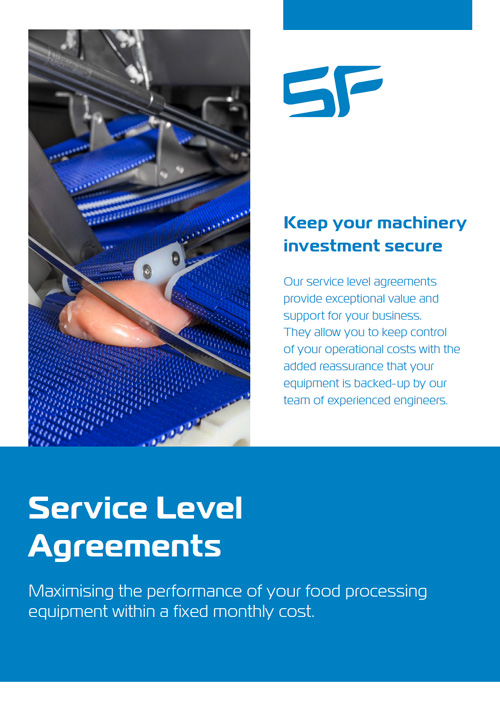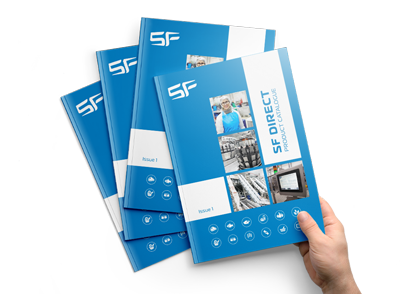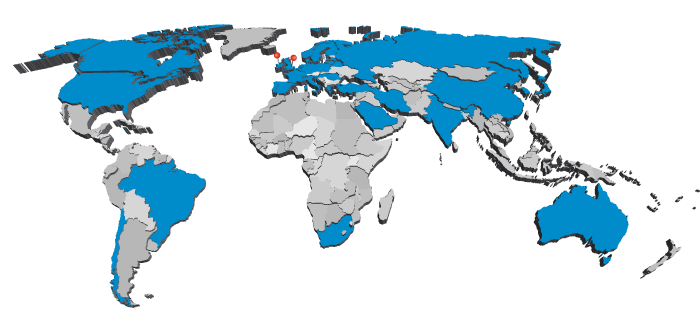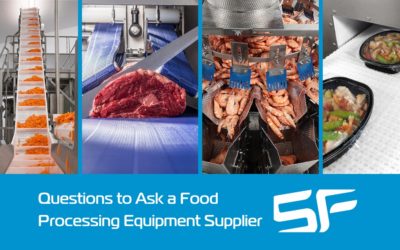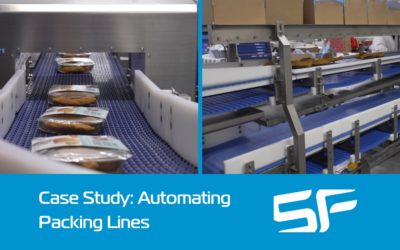How Automation is Minimising the Impact of Labour Shortages in the Food Manufacturing Industry
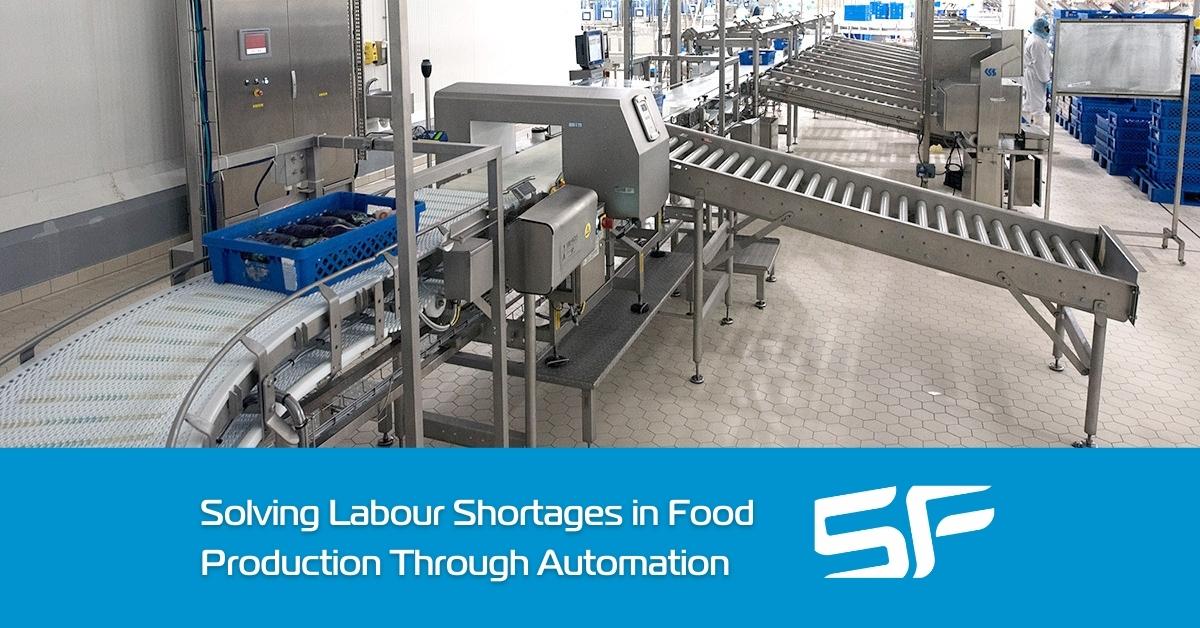
Labour shortages exist in most areas of the food production industry in the UK, Ireland, elsewhere in Europe, and many other parts of the world. Automation is one of the most important solutions to this challenge, as increasing automation can significantly minimise the impact of food manufacturing labour shortages.
For some production facilities, this means overcoming labour shortages that are making it difficult to meet existing demand. Labour shortages are also preventing many companies in the food production industry from expanding.
There are even companies with orders and potential orders sitting on the table as well as available factory space for additional lines and/or equipment. However, the lack of staff availability makes it next to impossible to take advantage of the opportunities that exist.
Automation is a Long-Term Solution to Food Manufacturing Labour Shortages
Companies across the industry are using innovative and creative approaches to help mitigate the problem of finding staff, but most of those initiatives are short-term. Examples include increasing employee salaries or offering referral bonuses. These types of initiatives can and do work… until the employee takes a better offer from another employer who is also competing over the same pool of resources.
The problem is further exacerbated as that pool of resources gets smaller and smaller as experienced workers retire and others leave the industry. This is making it even more challenging to get a result from short-term initiatives.
Automation, on the other hand, is a long-term solution to the current labour shortage problem. The equipment and lines that you invest in today won’t move to a competitor if they get a better offer, and they won’t transition out of the industry to work somewhere else. Instead, automation solutions will continue to deliver on the operational requirements of your business.
Furthermore, automation solutions are scalable, so they can be expanded or adjusted as the needs of your business change.
From Essential Solutions to Advanced Food Manufacturing Technologies
Automation in the food manufacturing industry takes many forms. At SF Engineering, for example, we have experience in recent projects where conveyors have transformed previously manual, labour-intensive, and highly inefficient processes.
At the other end of the spectrum, we also have experience implementing advanced technologies and equipment that automate highly complex processes, reducing the number of operators that are required on the line.
Making Best Use of Your Resources
In many situations, the aim of automation is not to replace workers. This is a common misconception, particularly with those outside the industry.
The more pressing priority for food manufacturers is optimising how they use existing resources. Automation enables this optimisation.
Skill level is an important consideration, too, as there are now automation technologies that make it possible for food manufacturers to hire staff with lower levels of skills. This is another way that automation is helping food processors minimise the impact of labour shortages.
Prioritising Staff Retention
Furthermore, automation in food manufacturing isn’t just about reducing the number of operators required on a production line. In many factories, a crucial priority is to improve the working conditions of operators.
Improving working conditions includes:
- Improving health and safety, especially in terms of minimising the need to lift heavy items
- Making workstations as ergonomic as possible to ensure the comfort of operators
- Simplifying complex production processes
- Making the production line more streamlined and efficient to bring calm and control to the working environment
Automation solutions can help with all areas in the above list.
Additional Benefits of Automation
Automation in food production isn’t just about solving challenges with labour shortages, as there are a number of other benefits offered by automation solutions. In brief, those benefits include:
- Improved regulatory compliance processes
- Improved quality control processes
- Enhanced product safety
- Enhanced traceability
- Improved throughput
- Maximised yield
- Minimised waste
- Improved production line oversight
- Better access to data
- Improved health and safety performance
- New product and business opportunities
- Optimised use of factory floor space
- Improved sustainability
The Best Approach for Enhancing Automation in Food Production
Enhancing automation in your food production facility can bring significant gains, especially in relation to labour shortages. A crucial factor in ensuring success is prioritising where the biggest gains can be made.
Theoretically, it’s possible to implement expansive automation using leading-edge technologies, but this is a costly, highly complex, and elaborate approach that is rarely, if ever, recommended.
Instead, the objective when further automating processes in your food manufacturing facility should be to address the requirements of today and tomorrow while maximising ROI. The focus should be on the biggest bottlenecks and challenges, and the areas where ROI can be maximised.
It’s also important to consider the following factors:
- Integrating the new automation solution with existing equipment or existing automated systems
- The available footprint in the factory
- Future plans, such as future plans for floor space in the factory or the type of products that will be processed on the line
- Anticipated future production demands
- Budget and timelines
By taking the above approach, you will achieve a fast return on investment while alleviating/eliminating the current labour shortage challenge.
